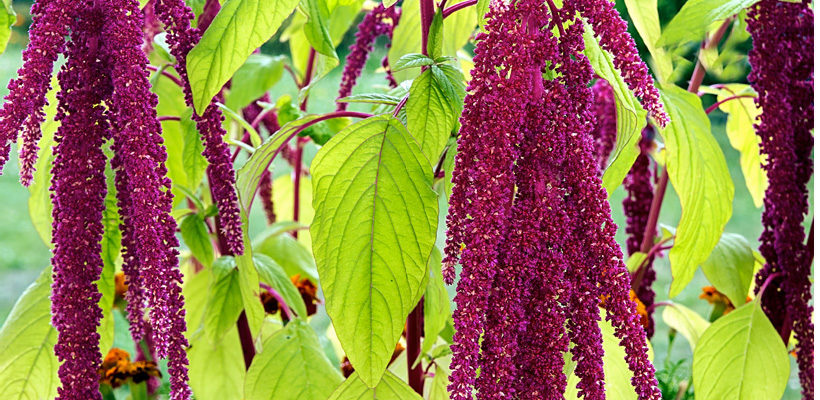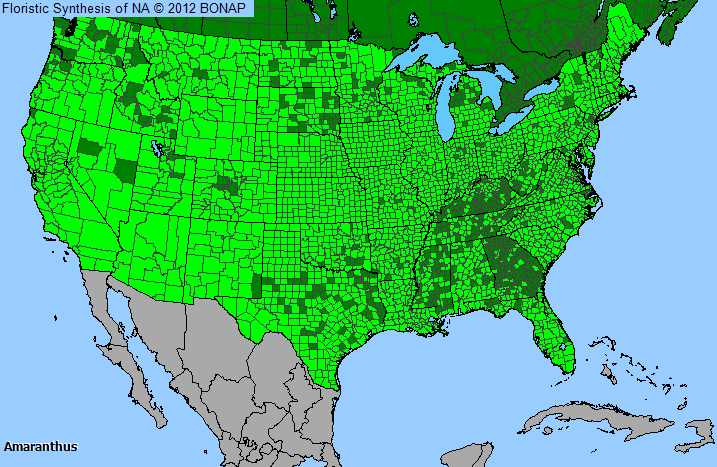
Plant Allergy Overview
Allergenicity
Severe
Pollen Season
Summer Fall
Type
Weed
Sub-Type
Annual
Allergy Information
Pollen is usually considered a significant cause of pollinosis, but varies among species within this genus. It is thought that there is considerable cross reactivity among the species within this genus.
Genus Details
Pigweed is an annual herb that grows throughout the U.S. in agricultural fields and recently disturbed soils. Plants grow to 28 feet tall, and leaves are a dull green. The flowers are dense, and sometimes showy. In pollen counts, pigweed is often interchanged with the plant called lamb’s quarters (Chenopodium) for a few reasons. Flowering and pollen shed occurs at the same time and the pollen grains look the same to analysts conducting pollen counts through their microscopes. Common names for these plants are also used interchangeably depending on where you are in the country. Late summer to autumn is usually the peak time for the sparce pollen shed.
Pollen Description
Pollen grains are spheroidal and have between 30-65 pores. The exine is thin and granular. The various species of Amaranthus are difficult to tell apart using a light microscope.
Grains are 18-31 micrometers in diameter.
Genus Distribution

The shaded areas on the map indicates where the genus has been observed in the United States.
 - Native, observed in a county
- Native, observed in a county  - Introduced, observed in a county
- Introduced, observed in a county  - Rarely observed
- Rarely observedSpecies in Amaranth, Pigweed, Tumbleweed Genus
Allergens & Plants Search
Enter a full or partial species name to find more information on one of over 1,200 potentially allergenic plants.
For example, you can find chenopods searching on "cheno"

